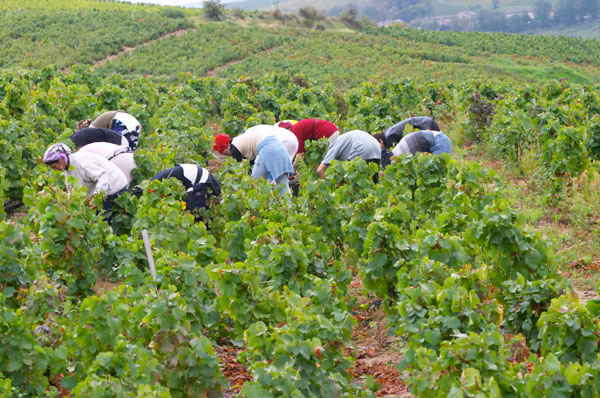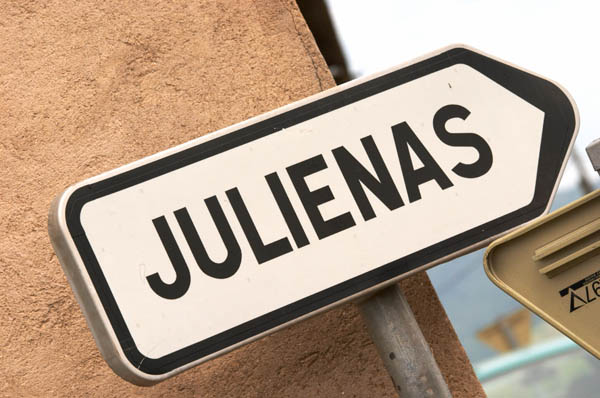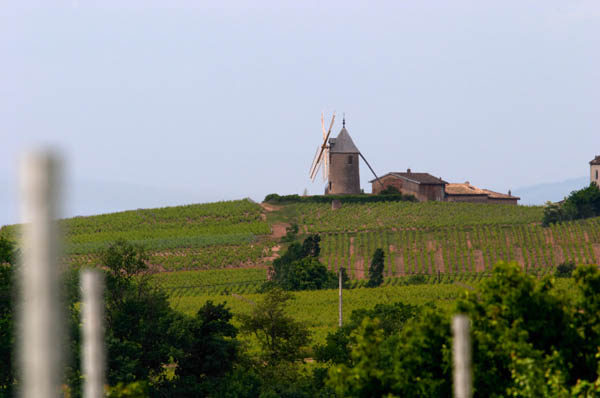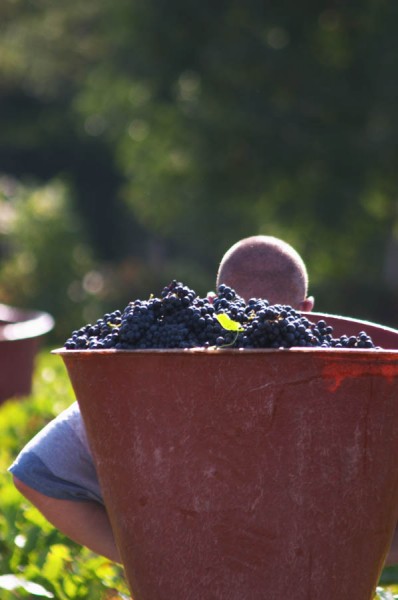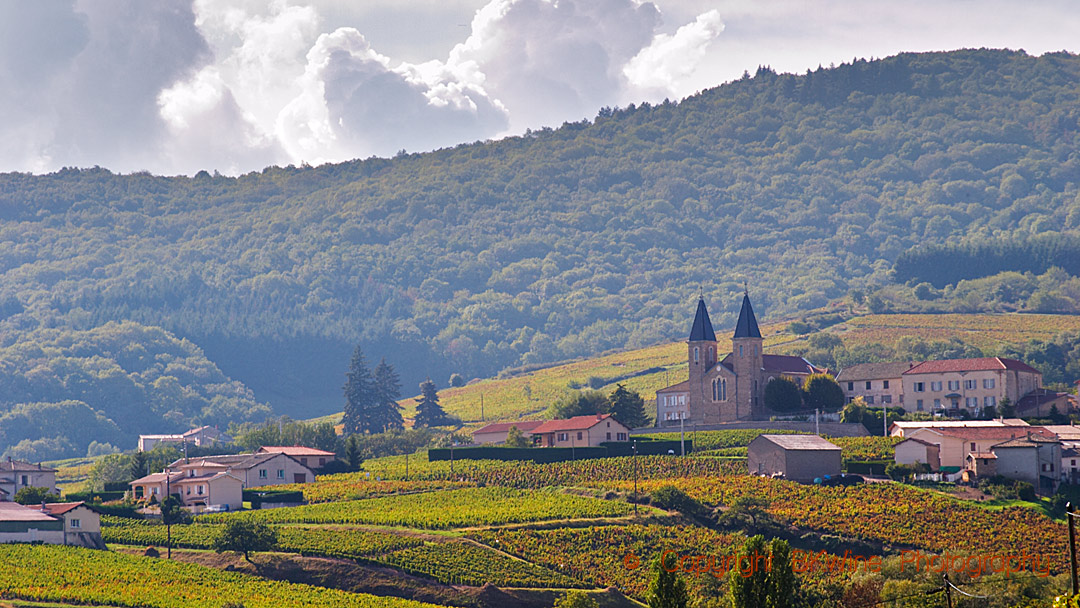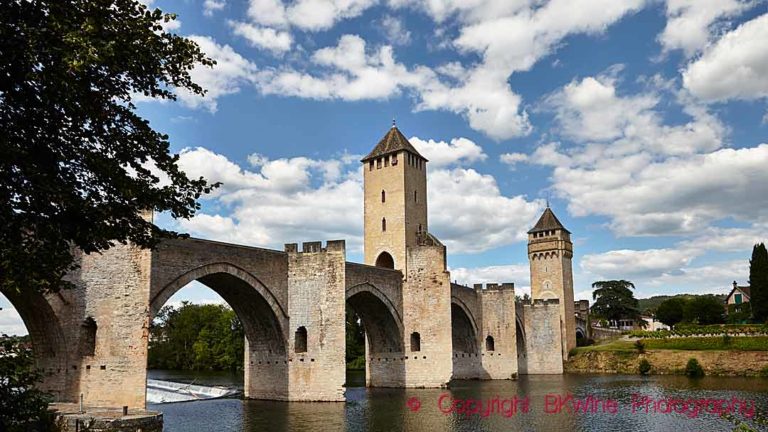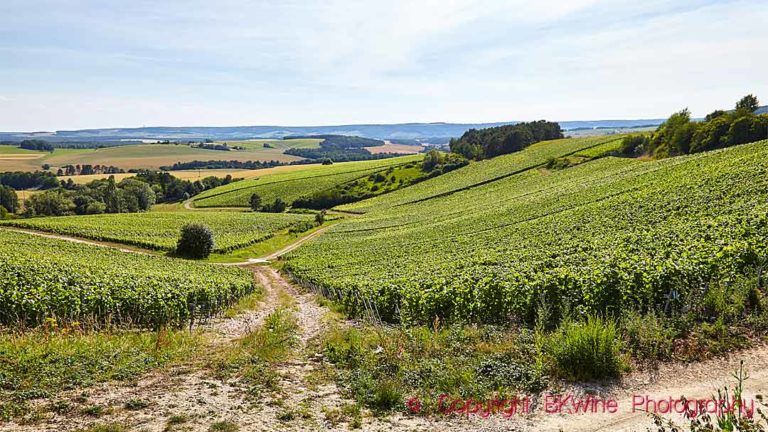An introduction to Beaujolais in Burgundy
Beaujolais is the southernmost, and biggest, wine region in Burgundy. Here are some quick facts on the district:
- 22,000 hectares
- 843,000 hectolitres of wine, of which 266,000 hl is Beaujolais Nouveaux (32%). It used to be even more nouveau, sometimes called “primeur”.
- Almost all wine is red but there exist some (excellent) whites too, but it only accounts for around 1-3% of production
- Grape variety: gamay for the reds, chardonnay for the whites. (Some other grape varieties exist but in very small quantities.) The gamay is thin-skinned and light in colour giving light-bodied, fruity and aromatic wines.
- Grapes are typically trained in gobelet (or similar) and hand picking is compulsory. Experiments are done with cordon royat and machine harvest.
- Soil is mainly granite and limestone clay
- Wines are often vinified in carbonic maceration, or semi-carbonic maceration but exceptions exist.
- There are 3 appellation (AOC/AOP) categories and 12 AOC/AOPs:
- Beaujolais, 9400 ha
- Beaujolais Village (without mention of a village name), 6400 ha
- Beaujolais Cru, where the village is mentioned on the label, each with its own AOC/AOP. (NB: it is just “cru”, not grand or premier)
- There are 10 Beaujolais Cru villages, each having its own AOC/AOP, roughly from north to south:
- Juliénas, 580 ha
- Saint Amour, 325 ha
- Chénas, 265 ha
- Moulin à Vent, 655 ha
- Fleurie, 870 ha
- Chiroubles, 350 ha
- Morgon, 1110 ha
- Regnié, 395 ha
- Brouilly, 1330 ha
- Côtes de Brouilly, 310 ha
[box type=”info”]You can find more pictures from Beaujolais and Burgundy on BKWine Photography.[/box]
